FG to allocate $800m for new power substations, distribution networks
Under the Presidential Power Initiative, the federal government plans to spend $800 million to build new power substations and distribution networks.This move is part of ongoing efforts to improve Nigeria's power infrastructure and address long-standing electricity supply issues.
Adebayo Adelabu, Minister of Power, made the announcement during a facility tour of a Chinese power company, as reported by the National Television Authority on Sunday.
He emphasized that the new infrastructure will aid in the resolution of load rejection by electricity distribution companies, which has hampered power distribution throughout the country.
According to the report, Lot 2 of the initiative will cover the franchise areas of Benin, Port Harcourt, and Enugu distribution companies, while Lot 3 will focus on distribution companies in Abuja, Kaduna, Jos, and Kano.
Adelabu stated that on August 30th, power generation peaked at 5,170 megawatts. However, due to DISCOs' inability to absorb the supply, 1,400 megawatts were reduced. "This is regrettable, especially as the government is on track to increase generation to 6,000 megawatts by the end of the year," said Mr. Trump.
During a meeting with the management of TBEA, a Chinese power company, Adelabu reaffirmed the government's commitment to working with international companies to realize President Bola Tinubu's Renewed Hope vision for Nigeria's power sector. This collaboration aims to improve transmission and distribution, with an emphasis on renewable energy.
Adelabu also emphasized the importance of modernizing Nigeria's outdated transmission and distribution infrastructure, which has long hampered industrial growth. He stated that when the current administration took office, the country's power generation capacity was approximately 4,000 megawatts. Within a year, the capacity had increased by 1,000 megawatts to 5,170 megawatts.
"Our goal is to reach 6,000 megawatts by the end of this year, leveraging both hydroelectric and gas-fired power plants," according to the minister. He went on to outline the government's ambitious plan to reach 30,000 megawatts by 2030, with renewables accounting for 30% of that. To support this vision, the creation of Western and Eastern super grids is deemed necessary.
Nigeria's power sector continues to face significant challenges, resulting in unreliable electricity supply for more than 200 million people. The national grid currently generates about 4,500 megawatts of electricity, in stark contrast to South Africa, which produces around 50,000 megawatts for a population of 59 million.
While the government's goal of 6,000 megawatts by the end of the year is a positive step, many industry experts believe it will not be sufficient to address the country's long-standing power crisis.




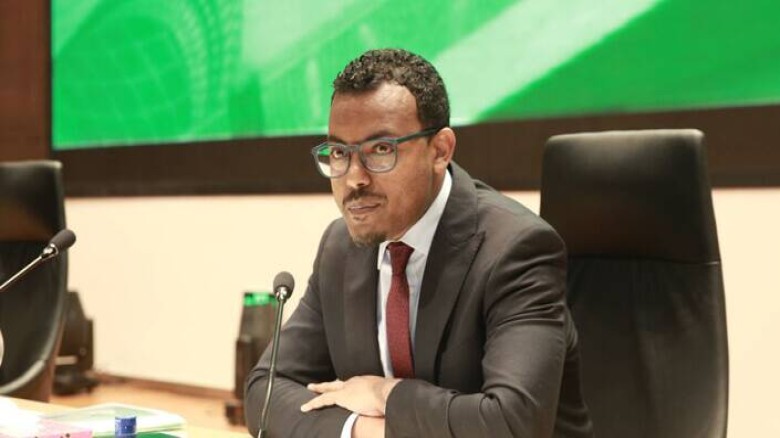
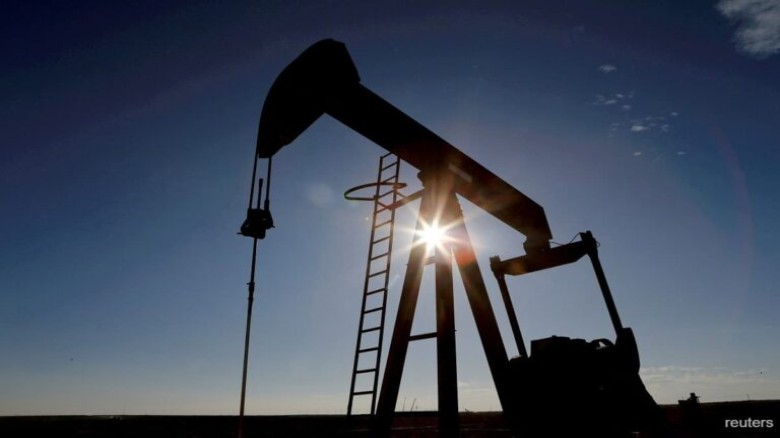


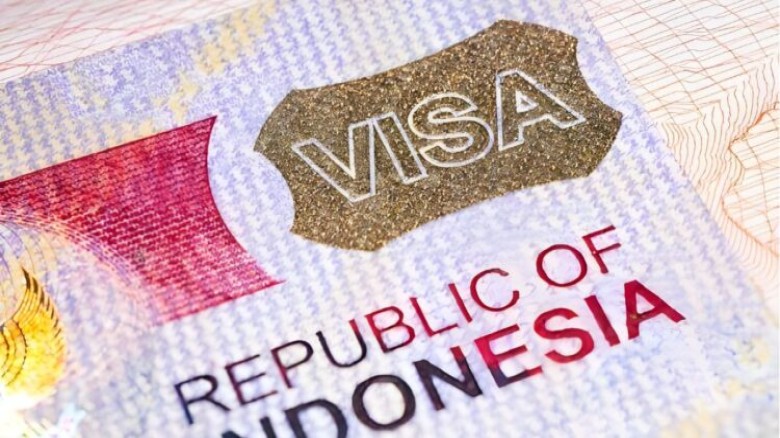

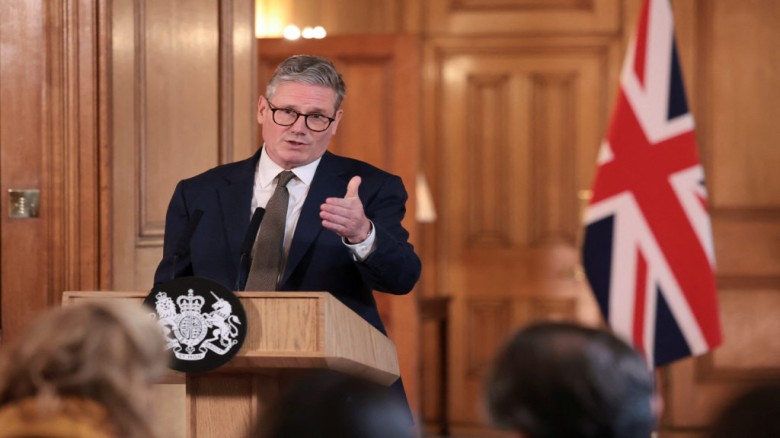

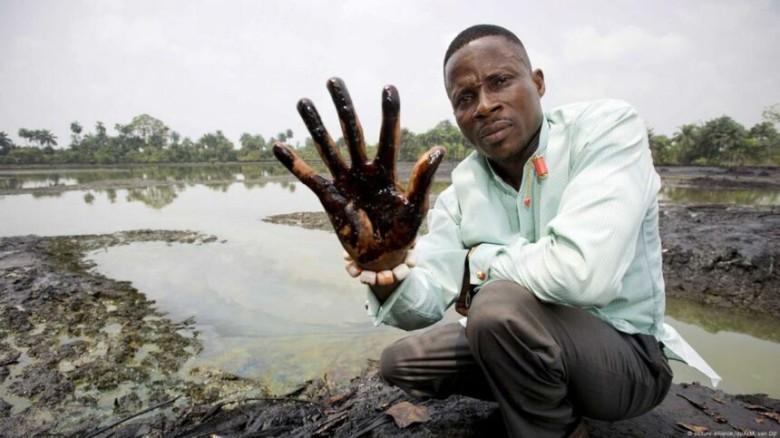



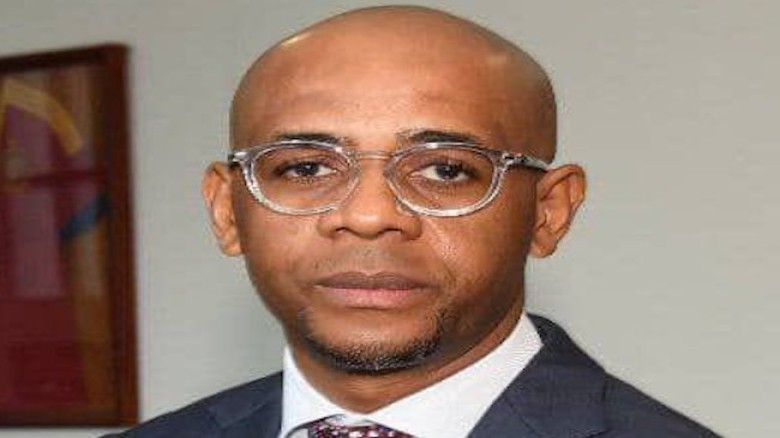
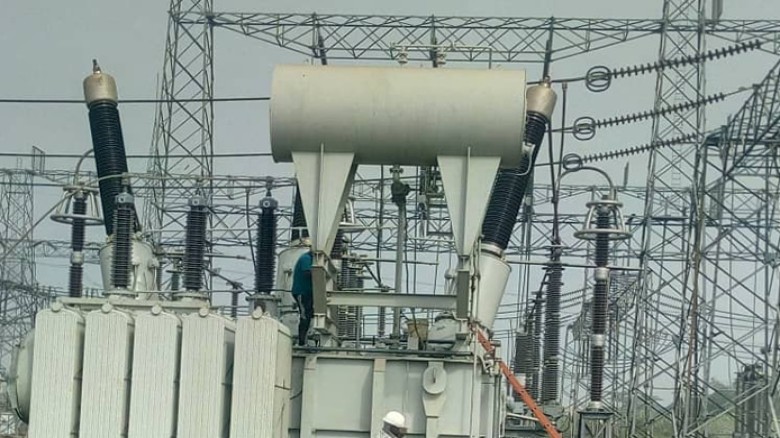

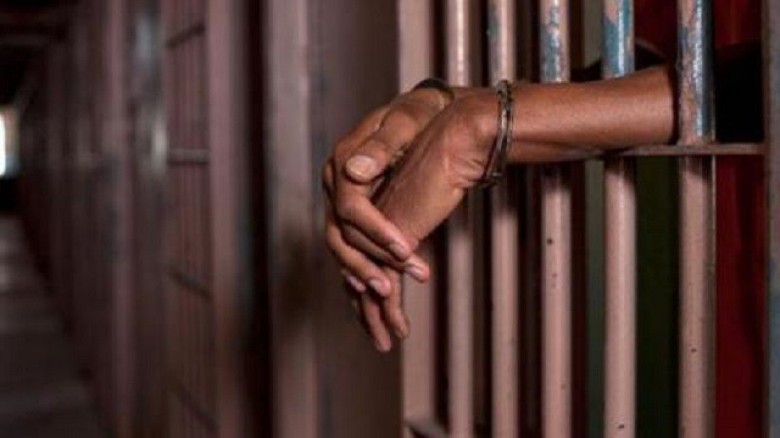




Leave A Comment